- Details
- Written by Gordon Prentice
Health Warning: I have extracted these statistics for Newmarket Ward 5 from Elections Canada tables on voting in Newmarket Aurora at the last Federal Election in 2015 – the last time people in the Ward actually voted. The map below shows the polling districts in Ward 5 which I have married up with the votes cast.
I am sure there are errors of mine in what follows but the big picture is clear. Ward 5, like Newmarket as a whole, seems to be a pretty middle-of-the-road kind of place. 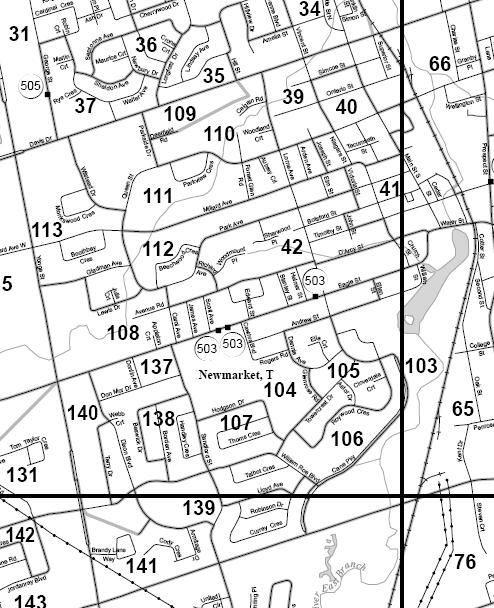
There is, of course, no read across from the results of a Federal Election in Ward 5 and a municipal by-election.
Most obviously, the turnout is way down for a municipal election.
But the information helps us paint a picture of the Ward when used in conjunction with the material we can extract from the census and the National Household Survey.
I have not wandered into the undergrowth comparing Ward 5 voting in the 2015 and 2011 Federal Elections but I suspect Ward 5 moved to the Liberals, mirroring sentiment across the riding and across the nation that it was time for a change.
No Party Tickets
Municipal elections are, of course, not fought on Party tickets but many of the candidates have an association with a political party.
The Ward 5 by-election is fascinating. There are seven candidates and one issue that dominates – the future of a planning application to redevelop the Clock Tower in the heart of Ward 5 in Newmarket’s historic Downtown.
The northern boundary of the Ward is Davis Drive and in the South, Mulock Drive. The Western boundary is Yonge Street and on the east, just beyond the railway track, Prospect Street and Bayview.
There are 7,985 people on the voters’ list. In the last Federal Election 4,256 people actually voted (excluding rejected ballots) giving a turnout of 53.2%
At the last municipal election in Ward 5 in 2014 there were four candidates who together got 3,198 votes. The turnout was 40%
The Eagle Street divide
The Ward has fairly uniform characteristics but with some subtle differences between its northern and southern parts. The natural north-south dividing line in Ward 5 is Eagle Street. There are 4,186 electors north of Eagle and 3,799 south. The turnout is higher in the south (57%) than in the north (50.3%).
Overall, the Liberals took 45.5% of the vote in Ward 5 with the Conservatives trailing with 38.4%. The NDP took 11.3%, the Greens 3.4% and the Rev Dorian Baxter just over 1%.
The Liberals did better in the voting north of Eagle than south (46.2% to 44.3%).
The Conservatives did better south of Eagle than north (40.5% to 35.9%)
The Greens did better in the North of the Ward than in the south (4.1% to 2.6%) as did the NDP (12% to 10.5%)
Does this help us predict who is going to win the by-election on 17 October?
Hmmmm... no
The Dark Arts
There are lots of interesting variables. We have one candidate, Bob Kwapis, whose election signs are everywhere. The entire Ward has been carpet bombed. He is, quite literally, streets ahead of the competition. And yet this impressive display comes from a candidate who freely admits he is not a politician but a newcomer to elective politics. Bob Kwapis, it is fair to say, was not a household name before the by-election was called (other than in his own household) but now – thanks to the ubiquity of his lawn signs – he is clearly seen by many as the front runner.
The level of sophistication of his campaign so far is remarkable for a municipal election - with some residents even getting robo-calls (or voice-mail as we used to say).
For someone supposedly unversed in the dark arts of politics he is proving to be quite formidable.
Some of his lawn signs apparently went up without permission and they have come down. But the numbers overall have hardly been dented.
So, can the others catch up?
We are entering a period – leading up to the all-candidates debate on 4 October – when all seven will have to spell out in detail the answers to some disarmingly simple questions.
I shall be exploring these shortly.
This email address is being protected from spambots. You need JavaScript enabled to view it.
- Details
- Written by Gordon Prentice
It came as a bit of a shock.
Wasim Jarrah calls me out of the blue to say he is pulling out of the Ward 5 by-election race on his doctor’s recommendation. Goodness me!
The statement below, issued just a few moments ago, explains the reasons.
I didn't have the presence of mind to ask him if he was endorsing anyone else.
I was caught off guard.
Wasim's decision leaves seven in the race to succeed Joe Sponga as councillor for Ward 5.
This email address is being protected from spambots. You need JavaScript enabled to view it.
Statement from Wasim Jarrah withdrawing his candidacy
It is with regret that I must announce I am withdrawing my candidacy for the Newmarket ward 5 by-election on my doctor’s recommendation.
I have been suffering from a torn ACL in my knee and chronic pain in my back, and campaigning throughout these past few weeks has exacerbated the problem to the point where my doctor and I made the decision that I must prioritise my health and undertake the necessary surgery to correct the problem. I’m thirty-four years old, and it would be foolish to push through this issue and risk having a lifelong injury.
After meeting with my doctor on Saturday, I spent time with my family and I know this is the right decision to make.
This decision has not been made lightly, but I feel as if I need to make this decision to operate with integrity and transparency. I will not put my own interests before those of the community. If I am to serve the community it must be done with respect. Given that the recovery from my knee surgery will be lengthy and the remaining term of Council short, I feel I will not be able to represent the community that has entrusted me with their confidence in the way they expect.
I want to thank my supporters for all their dedication, best wishes and amazing volunteer efforts. My volunteers were truly the backbone of my campaign and I could not have accomplished what I did in such a short time without their support. We put together a fantastic campaign team and planned to announce a series of policy pieces focused on improving practical concerns in the ward. I am proud our campaign was positive, focused on policy and professional.
It has been a pleasure and a privilege to meet with residents to discuss ideas and concerns. I am honoured and thankful for the support I received.
As I said at my campaign launch, "Newmarket is the place my wife and I chose to call home. I’ve lived throughout the world, but this is the place we knew was right to start our family and raise our kids. I am grateful for this town, for the way it has welcomed an immigrant like me. I have always believed that it is important to give back, to serve the community. I am proud that my success in business allows me to contribute to a variety of community initiatives and charities to improve our town. That’s the Canadian ethic I am working to pass on to my two children: we are blessed to be in Canada, and we have a wonderful duty to give back to our community.”
I still believe very strongly in those Canadian values, and I look forward to continuing to contribute to this community as a private citizen and businessman.
I would also like to send my best wishes to all my fellow candidates as they continue to engage in the democratic process.
- Details
- Written by Gordon Prentice
Bob Kwapis election signs are all over Ward 5. No other candidate comes close to matching him. 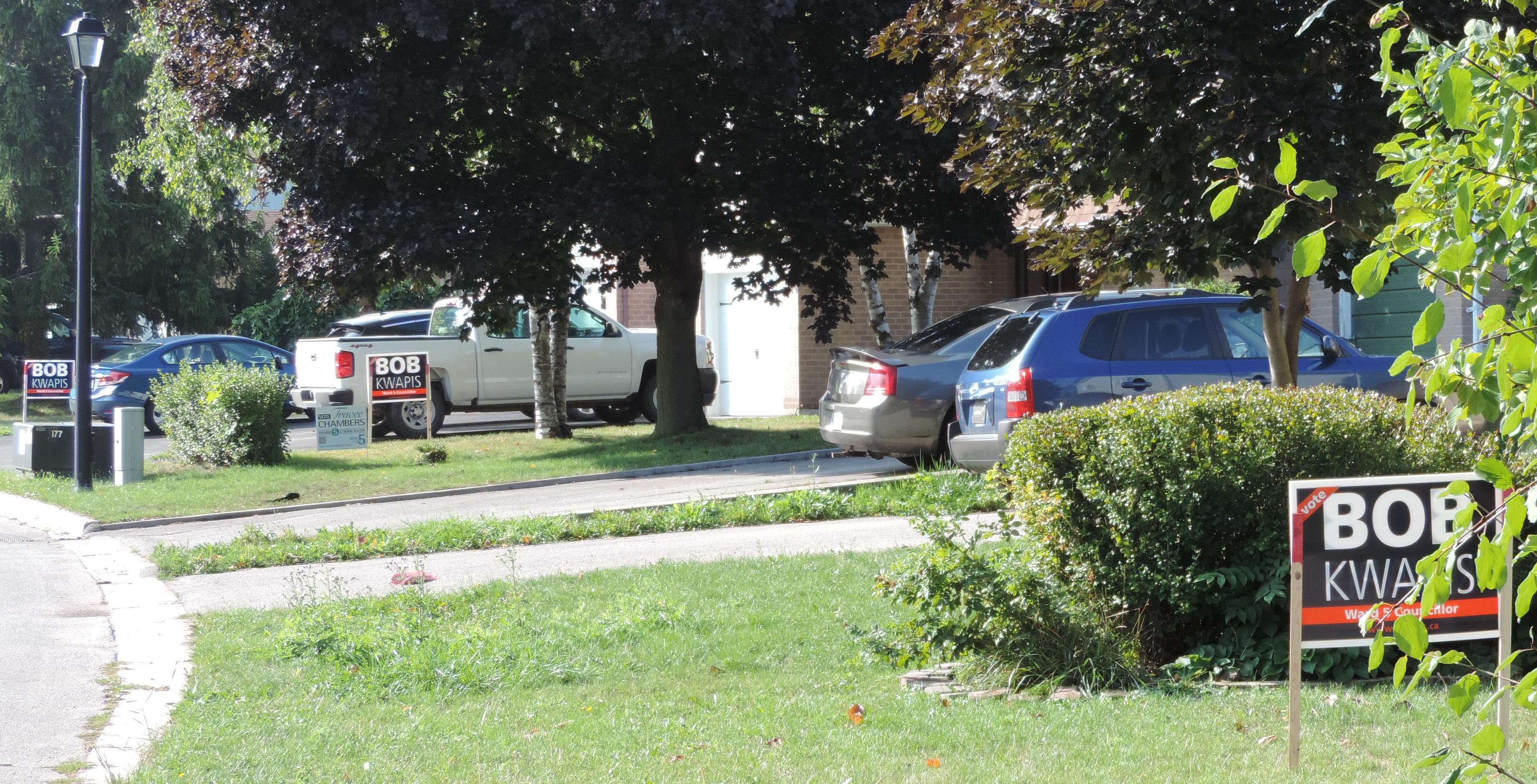
It gets me thinking. How effective are election signs in the age of social media? Do they make a difference? (See below)
I had a hunch something spectacular was going to happen. When my wife and I were driving home from the Aurora Hoedown late on Friday evening we saw Kwapis’ young muscular team driving wooden stakes into the ground with a sledgehammer. No dainty election signs for Kwapis. You know, the ones with wires you effortlessly sink into the lawn – the type used by Darryl Wolk and Tracee Chambers.
No. The Kwapis signs are big and bold and can’t be uprooted or blown over by a gentle breeze. They sprang up overnight like mushrooms.
On Saturday, they were absolutely everywhere. Clearly, Kwapis has extensive lists of supporters through his Progressive Conservative contacts and, presumably, from his work on traffic safety issues in Ward 5.
Sandford Street likes Bob Kwapis
Sandford Street – probably a rat-run from Eagle to Mulock – had a Kwapis sign on every second lawn. The one Wasim Jarrah sign I spotted was also on Sandford. It was the same size and dark blue colour as Kwapis and could easily have been overlooked. (Whatever happened to the purple signs at Wasim’s launch at the Hungry Brew Hops?) 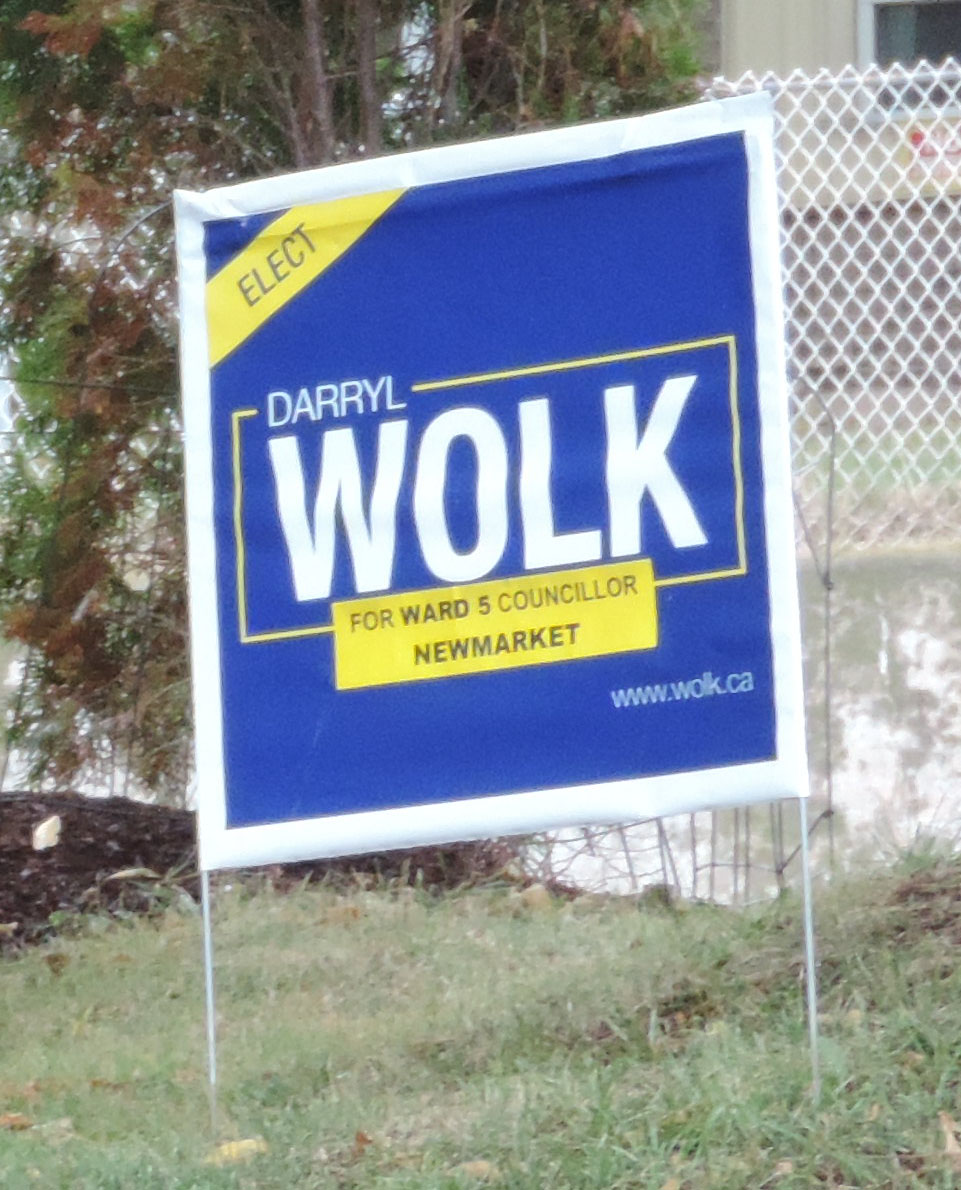
So, do election signs make a difference? Some recent research from academics in the US suggests they matter only at the margins. Certainly, lawn signs show who is in the race. If some candidates can’t get a single lawn sign up then, I suspect, they are facing Armageddon at the polls. Tracee Chambers and Darryl Wolk both have a fair sprinkling of lawn signs but must do better.
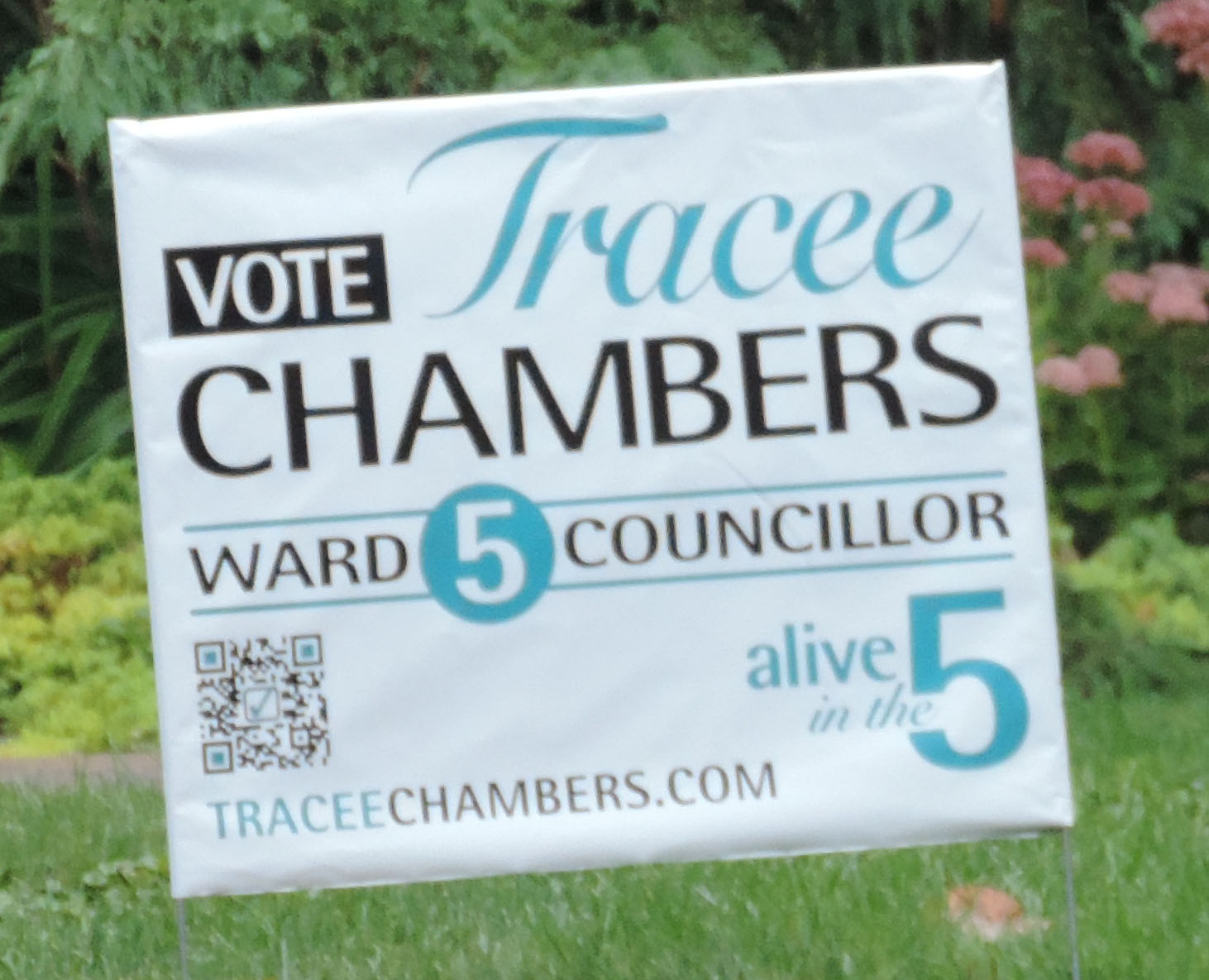 York University politics professor, Robert MacDermid, says:
York University politics professor, Robert MacDermid, says:
“Even in supposedly low-cost municipal elections, a small amount of money may give a candidate publicity and profile. Where voters often know next to nothing about what a candidate stands for, election signs and a campaign brochure may suggest that one candidate is credible while another, who lacks financial support, “must” represent fringe views.”
Lawn signs, he says, leave an impression of popular support.
There are, of course, no opinion polls in municipal by-elections, so signs are one, crude, measure of support. But not everyone in a household necessarily agrees with the message planted on the lawn. And people risk upsetting their neighbours by putting up a sign. But, here in Ward 5, I suspect putting up a Kwapis sign may be a cry for help. Kwapis is selling himself as the candidate who can solve the Ward’s traffic problems – and who wouldn’t support that?
The whole Town has traffic problems
I have traffic problems where I live. In fact, the entire Town has traffic problems. If I could vote for someone who could make our traffic problems vanish overnight I guess I’d back them.
Traffic though, while important, is a second order issue in this by-election.
The Ward 5 by-election should be a referendum on the Clock Tower. Because a decision to redevelop will be irreversible and do huge and lasting damage to our historic downtown. 
Are the people of Ward 5 going to elect someone who believes, like the Mayor, Tony Van Bynen, that the seven storey Clock Tower development is a great example of the type of intensification the old downtown needs?
Or are we going to elect a councillor cast from a different mould, someone prepared to say no – confidently and unambiguously?
For me – and, I suspect, for many others - that is the over-riding question.
This email address is being protected from spambots. You need JavaScript enabled to view it.
Do Signs Buy Support?
Sign wars erupt nearly every election, says York University political science professor Robert MacDermid.
It’s become part of the election fabric: first the campaign signs dotting the landscape, then the campaign-sign controversy – who placed them when and where, who stole them and why.
That’s because signs can have an influence on the outcome of a vote, MacDermid said.
“There is a weak relationship between spending more money on signs, and being more likely to win.”
Often, signs are most effective among those voters who have not followed local politics closely, he said.
Signs placed on front lawns appear to be more effective than those on public land near intersections, because lawn signs leave an impression of popular support. That’s crucial in a municipal election where no opinion polls are available to let voters know who is in the lead, he said.
It’s why money spent on signs is a key expenditure for most campaigns, he said.
“You may have a lot of money, but not a lot of support. You may have a few big developers backing you, or wealthy individuals... It allows you to manipulate that impression ... and it could mislead voters to the true level of support.”
Signs placed on private property without permission could be accidental, he said – an over-enthusiastic campaign worker, for example, or voters who inadvertently provided their contact information to a candidate’s data list.
But if it’s used as a campaign strategy, it can backfire, he said. “Any experienced campaign manager knows it’s not worth doing. It looks disorganized.”
Some residents may leave the unasked-for signs on their property, others may toss them.
“Lots of people aren’t interested in signs. It forces them to reveal a partisan belief and they don’t want to display that.
“There’s not much to gain here ... You may just annoy people who don’t want signs. It’s a gamble.
- Details
- Written by Gordon Prentice
An email comes winging in from York Region’s Director of Corporate Communications, Patrick Casey, gently informing me that the Regional Chair only votes in the event of a tie. 
Oops!
In my earlier blog I had a glum looking Wayne Emmerson abstaining in yesterday’s vote to video stream meetings of the Council and its Committee of the Whole. We all know he did not abstain because he could not vote in the first place.
More importantly, a concerned Mr Casey noticed I was sitting below the salt at yesterday’s meeting, in the public gallery.
He has decided to promote me.
“If you wish, we have a seat at the media table that you can use when covering meetings.”
I tell him it would make me feel a bit self conscious so I have to say no.
I don’t think I’ve ever met Patrick Casey but I already know that I like him.
This email address is being protected from spambots. You need JavaScript enabled to view it.
- Details
- Written by Gordon Prentice
The future of a hugely popular pub on Main Street South could be imperilled if Bob Forrest gets the go-ahead for his Clock Tower redevelopment.
As we know, rumour is half way around the world before truth has got his boots on. But I hear from reliable sources that Bob believes there could be “significant structural issues” for the Olde Village Free House at 196 Main Street South if 194, which he owns, is demolished. 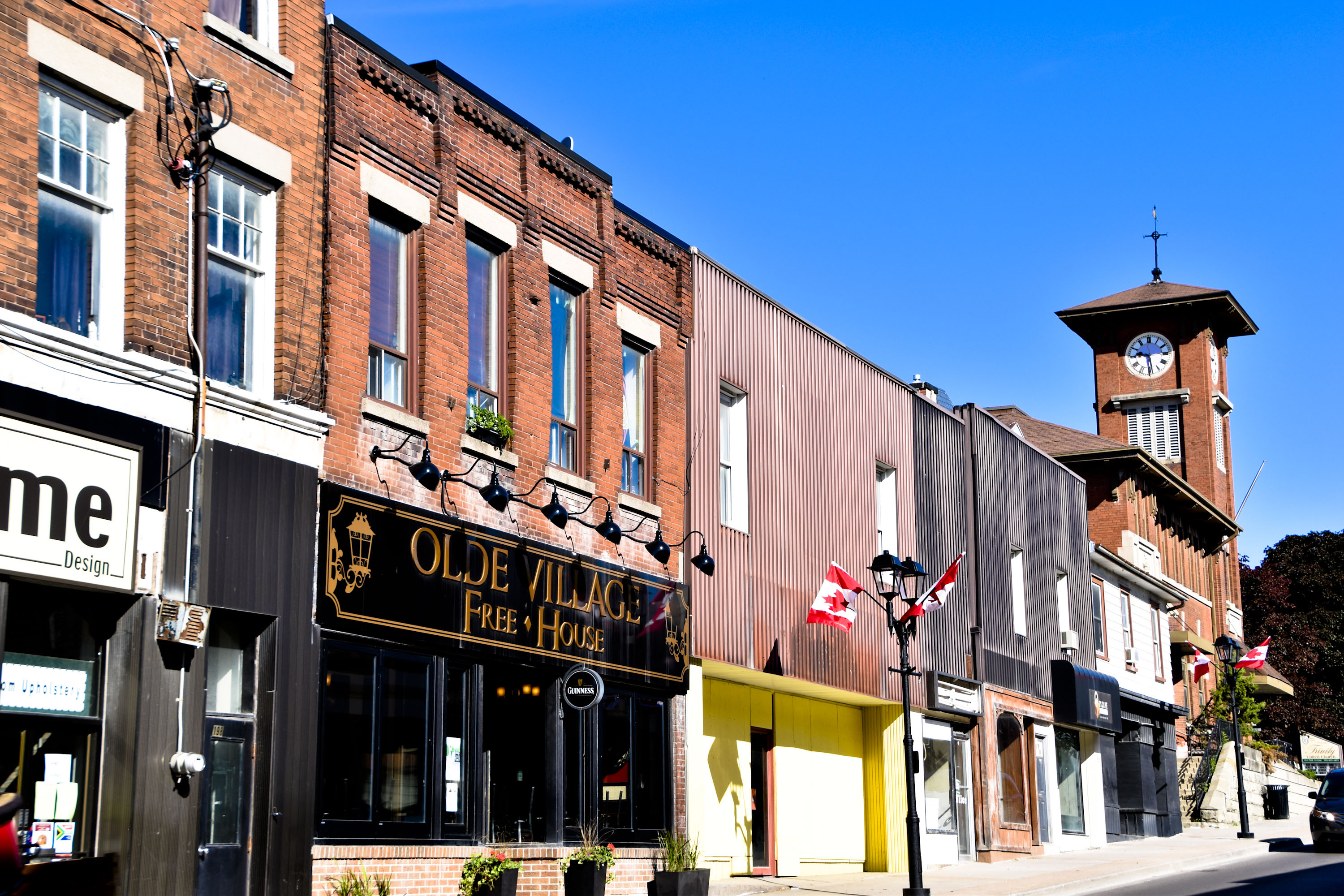
Both properties – which are designated historic commercial buildings - share an internal wall and the same roof structure. (The photo shows the building before the metal siding came down.)
The Town tells me that if Bob gets approval to redevelop the Clock Tower
“a heritage conservation plan or strategy will be required that will detail demolition techniques… it will also address adjacent structures including 196 and the portions of the Post Office that will be retained in situ.”
The Town says that if there is a common wall between the two properties (and there is)
“an engineer’s report will be required on how the structural integrity of the remaining structure will be maintained during the demolition work”.
The Town confirms there is no plan in place at the moment.
Is it even remotely possible that a wrecking ball could be smashing through 194 while, next door at 196, pub life continues as normal?
But all this is a bit premature. Bob doesn’t have permission to demolish anything yet – and in the absence of a land swap with the Town his project will never get off the ground.
One way or the other, we need a swift decision on Bob’s toxic planning application as soon as possible after the by-election on 17 October.
This has already dragged on for far too long.
Bob cannot be allowed to win a war of attrition on his terms.
This email address is being protected from spambots. You need JavaScript enabled to view it.
The Town’s 2011 Heritage Conservation District policy, now entrenched in the 2013 Heritage by-law, says the building at 194-196 Main Street South contributes to the Town’s historic commercial character.
“It is a two storey block made of concrete block with a brick veneer façade, one half of which is covered in metal siding (in the unit where the brick veneer is exposed, upper-floor windows and parapet step upward).”
The policy document states that 194 is an identical building to 196.
Page 197 of 287